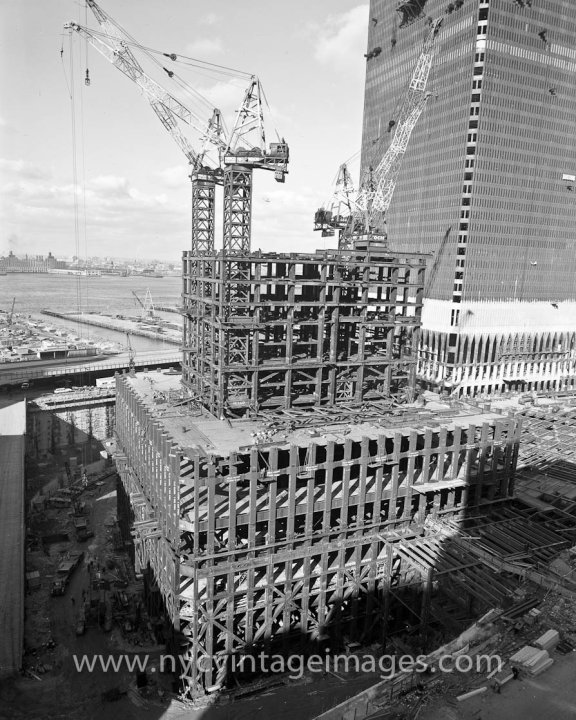@
samueltyler2 Cockpit arrangements went through a bit of transitions over the years. Except for the older DC9s and 737s, most arrangements were for a 3 man crew with one or two additional jump seats. Though the 737 was designed for a 2 man crew, some airlines continued to fly a 3rd flight-officer in the jump seat. So basically, the cockpit door knob was within reach of the 3rd flight deck officer, and in-flight, he/she handled the door which was kept locked in flight.
I'm thinking very early '70s or late '60s saw the end of passenger visits to the cockpit during flight. Then there was a sequence of regulation changes that restricted flight deck access and restricted flight officers from leaving their station.
Other than in-flight, though, on longer ground delays it was routine to open the cockpit doors and invite people to visit. It was a nice way to share with the passengers that the crew was helpless to do anything about weather or traffic delays. The longest I remember was like a 6 hour delay between push-back and take-off. It was one of the Air Traffic Controllers wildcat job actions. People were pissed and a "we're all in this together" posture probably prevented a mutiny.
The cockpit key wasn't a routine way to gain access to the cockpit, and only the pilots used it, or even knew about it. If the flight engineer left his/her station to get coffee or use the restroom, he'd/she'd lock the door behind him/her, get the coffee and use the key to regain entrance to the cockpit. The doorknob was beyond reach of the pilot and copilot. One key fit all the locks in the fleet, so it was common to just put the key on your keychain.
I think that Lufthansa suicide flight of a few years ago made a good case for the complexity of hardening the cockpit doors.
The other suicide flight, Air Egypt 990, I believe was a 767, and supposedly the captain was able to reenter the cockpit and fight with the relief officer. Too late, sadly. But that he got back into the cockpit suggests alternative ways to gain entry on 767s without being opened from inside the cockpit.
All the regulations about filling the cockpit seats or posting a guard at the door if one of the pilots had to go to the restroom came after 9/11.
A lot of the lax procedures leading up to 9/11 came with the crew reduction from 3 to 2. While the automation of systems may have made many of the flight engineer's duties unnecessary, there was a lot more to his/her role than managing/monitoring systems. An important role was that the flight engineer was also like the buffer between the two pilots in the seats and everything else. The buffer between the pilots flying and the cabin crew, the buffer between the two pilots and the company business, the crew member that coordinated with maintenance. In the cockpit, to even get to the pilots flying, you have to first climb over the flight engineer. But then, since the flight engineer didn't have to always look out the front windows, he/she could open the cockpit door face on.






